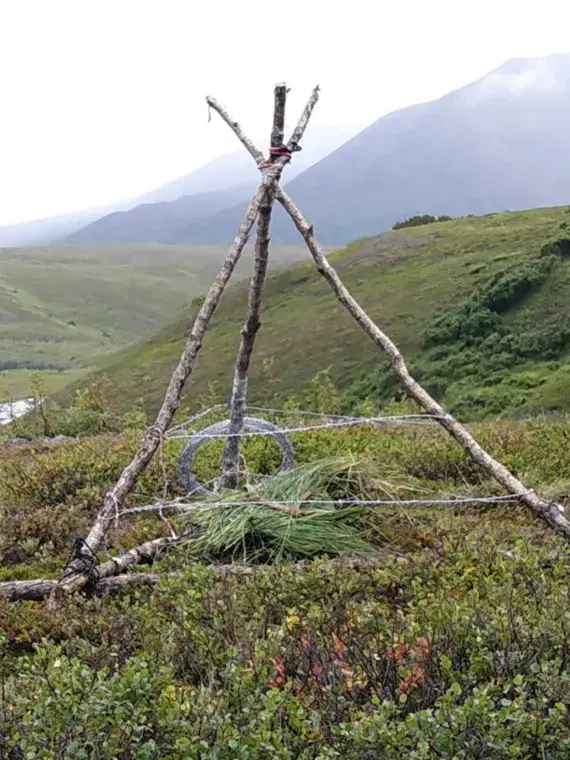For Indigenous people in Alaska, and around the world, conservation is a dirty word. Historically, government-led efforts have locked them out of their traditional lands. The Athabascan people of southcentral Alaska, for example, lost the ability to hunt moose and caribou freely when their traditional lands became designated as national parks.
But there are signs of change. In January 2021, President Biden launched a new initiative called “America the Beautiful,” which commits to conserve 30 percent of the nation’s land and water by 2030. The initiative pledges more control to local and Indigenous groups to reach that target. Also in 2021, the Department of the Interior signed an agreement with a coalition of eight tribes and two Alaska Native Corporations in south-central Alaska, called the Ahtna Intertribal Resource Commission or AITRC, giving them agency over their annual moose and caribou hunt.
The effort marks a major milestone in co-management for the people of south-central Alaska, and many hope it will benefit the subsistence hunters who rely on hunting to feed their communities. Research shows that initiatives that put Indigenous people in control not only improve social justice but also lead to better biodiversity outcomes.
The only problem is that the policies are rarely as good as they sound. Indigenous voices have been "included" in the past, but treated as "add ons" in practice.





